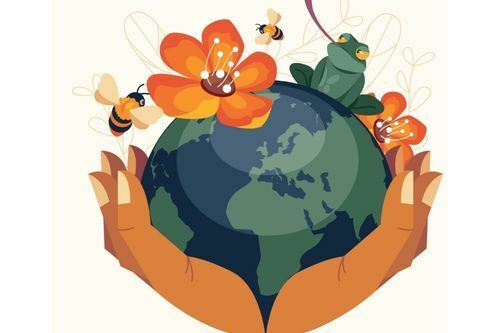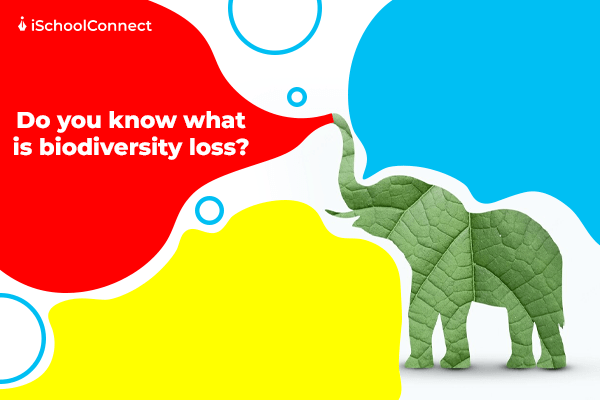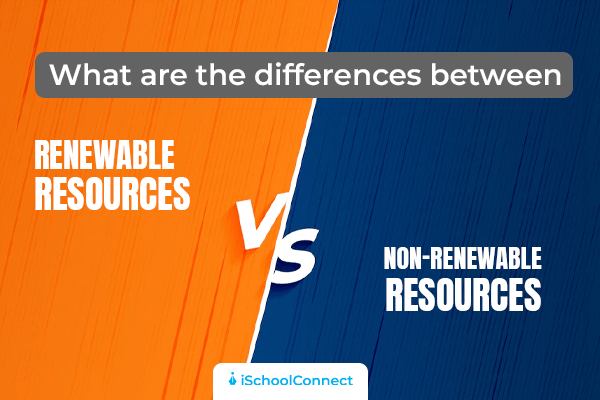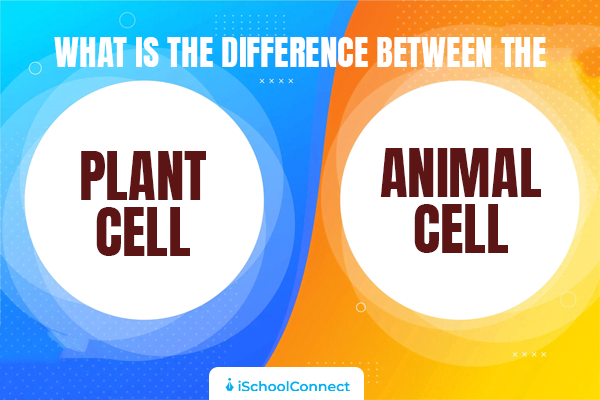Table of Contents
We see social media posts about extinct animals and other species. We mourn for a moment and continue with our lives surrounded by the reason behind that extinction. The loss of biodiversity is a significant result of our actions as humans. Let’s understand biodiversity loss more deeply.
What is biodiversity?
The variety of life on Earth is called biodiversity. It is the name of the condition where all the living organisms coexist. Many confuse biodiversity with the ecosystem. The slight difference between biodiversity and ecosystem is that ecosystem deals with nature’s food chain.
Biodiversity day is celebrated on May 22 worldwide. There are countries with rich biodiversity. You can feel the presence of life every moment in these countries. According to the data released by United Nations on biodiversity day, these are the top 10 most diverse countries.
| No. | Countries with the most biodiversity |
| 1 | Brazil |
| 2 | Indonesia |
| 3 | Colombia |
| 4 | China |
| 5 | Peru |
| 6 | Mexico |
| 7 | Australia |
| 8 | Ecuador |
| 9 | India |
| 10 | United States |
Why should we worry about the loss of biodiversity?

We just saw one side of the situation. The other side isn’t that good. The Intergovernmental Science-Policy Platform on Biodiversity and Ecosystem Services (IPBES) published its 5th Global Biodiversity Outlook report in 2020. The report said that we are failing to meet the targets of slowing biodiversity loss.
This report warned us about the alarming degradation of biodiversity. It also predicted the risk of more pandemics in the future. The United Nations Environment Program (UNEP) made a ten-year Strategic Plan for Biological Diversity in 2011. It has 20 targets to help slow down the degradation of nature. According to the report, we failed to achieve all of the targets.
The causes of biodiversity loss
Nature has its ways of controlling the population of living organisms. Most biodiversity is lost with seasonal changes and natural calamities. What concerns us are the human-driven causes of biodiversity loss. Here’s the list of reasons scientists have predicted the 6th mass extinction.
- Population increase- The current population on Earth is 7.97 billion. Nature is paying the price to meet the basic needs of this population. We cut forests to make more land for residents and agriculture. It ruined the forest ecosystem and made species either migrate or adapt to a polluted land for survival.
- Exploiting nature- Deforestation is one of the examples of humans exploiting natural resources. Uncontrolled fishing, hunting of wild animals, urbanization, oil extraction, etc., are the other ways we destroy nature. This is the major cause of biodiversity loss.
- Climate change- The result of the above actions is climate change. Global warming or climate change has affected our planet more than anything. Rapid changes in the environment disturb the flow of life in species. One example would be the melting of ice glaciers. It raised the sea water level and endangered the living organisms in it.
- Pollution- The result of the increased population is pollution. The basic elements of life, air, water, soil, and food, are all polluted. The air is polluted with hazardous gases and is almost unbreathable. The chemicals are mixed with water resources. Soil is losing productivity, and even fresh fruits and vegetables have high chemical residues. All of these are causing health issues for humans.
Loss of biodiversity examples
One of the effects of biodiversity loss is animal extinction. Here are the species and their cause behind extinction.
| No. | Name of Species | Cause of extinction |
| 1 | The Bramble Cay Melomys | Loss of food and habitat due to climate change |
| 2 | The Yangtze River Dolphins | Overfishing and pollution |
| 3 | The Northern White Rhinoceros | Excessive hunting and loss of habitat |
| 4 | The Spix Macaw | Illegal trapping trading and habitat destruction |
| 5 | The Thylacine | Overhunting |
| 6 | The Passenger Pigeon | Hunting for food |
| 7 | The Pyrenean Ibex | Excess hunting |
| 8 | The Tecopa Pupfish | Destruction of habitat |
| 9 | The Javan Tigers | Loss of habitat |
| 10 | Pinata Island Tortoise | Hunting and loss of habitat |
| 11 | The Dodo | Overhunting |
| 12 | The Wolly Mammoth | Overhunting |
The solutions for loss of biodiversity

We need to spread awareness about biodiversity loss. Social media is playing a vital role in this. Social activists like Greta Thornberg have stirred people’s minds with questions like, ‘how dare you to spoil our generation’s future?’
The United Nations have made Sustainable Development Goals (SDG) protect biodiversity.
SDG 14 is for life below water. Its ambition is to manage and protect marine, coastal, terrestrial and inland freshwater ecosystems. It addresses the severity of issues like ocean acidification.
SDG 15 is for life on land. It aims to protect, restore and prompt sustainable use of terrestrial ecosystems, sustainably manage forests, halt or reverse land degradation and stop the loss of biodiversity.
Key takeaways
- Loss of biodiversity has two causes, natural and human-driven. The human-driven causes have made a significant impact on biodiversity.
- Overpopulation and deforestation are the root causes of the imbalance in ecosystems.
- Our collective efforts to protect biodiversity fail because of less attention and participation.
We hope you find this article interesting. Write us your valuable suggestions. Click here to read more such articles.
Liked this blog? Read next: Physical features of India | Let’s explore India in its truest sense
FAQs
Q1. How can we protect biodiversity?
Answer: We can support regional or local projects aiming to protect biodiversity.
Q2. When did the loss of biodiversity start?
Answer: The National Forum of Biodiversity addressed the issue of the planet’s biodiversity crisis in the mid of 1980s.
Q3. Why is biodiversity important?
Answer: Biodiversity is necessary to support life on Earth. Without it, the ecosystems can demolish.






